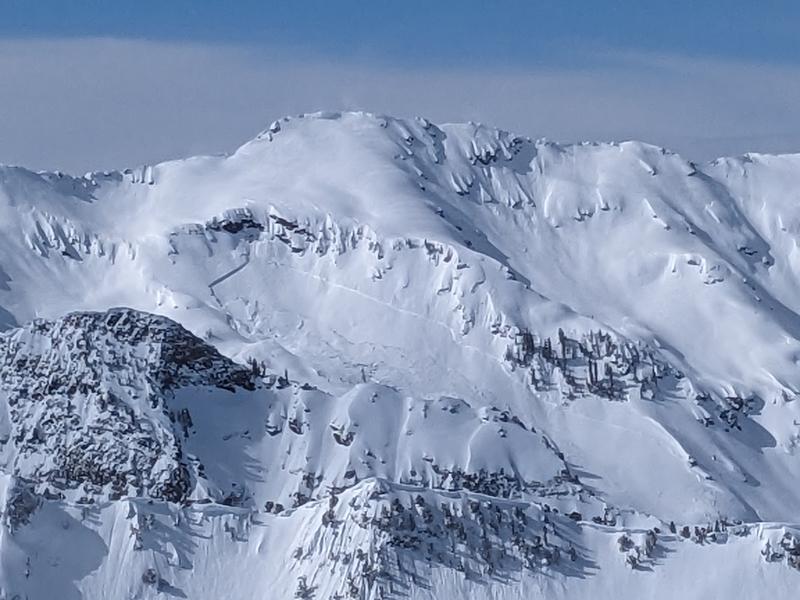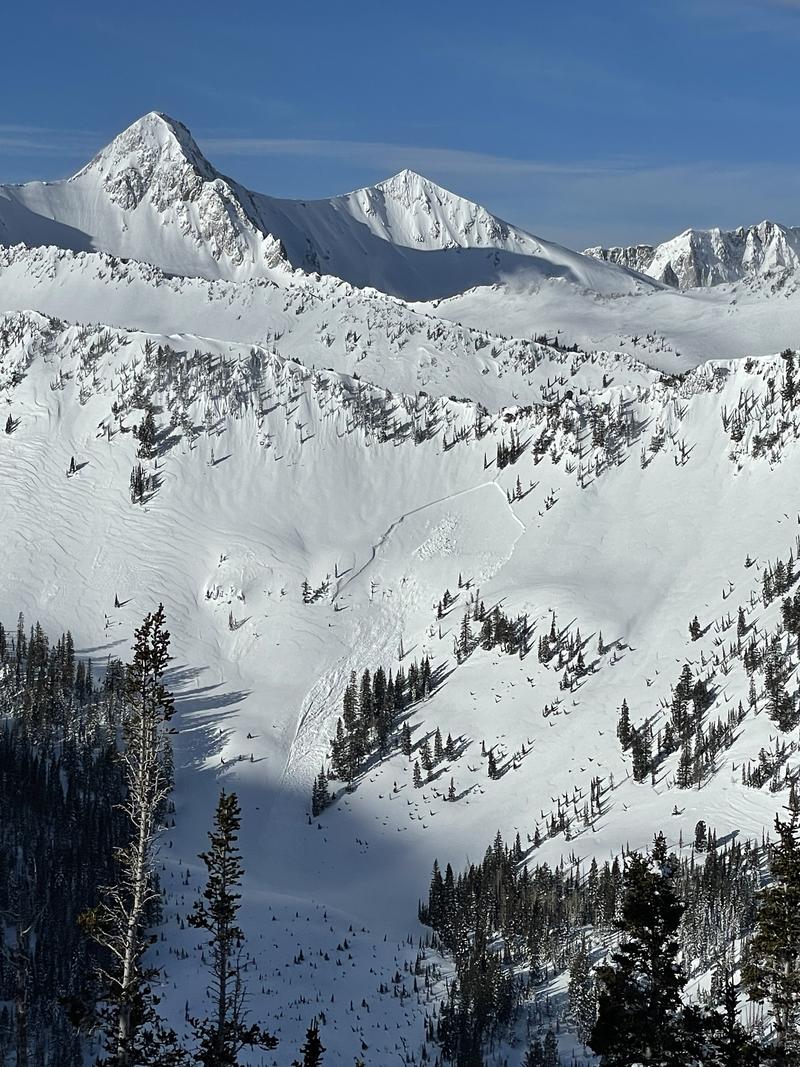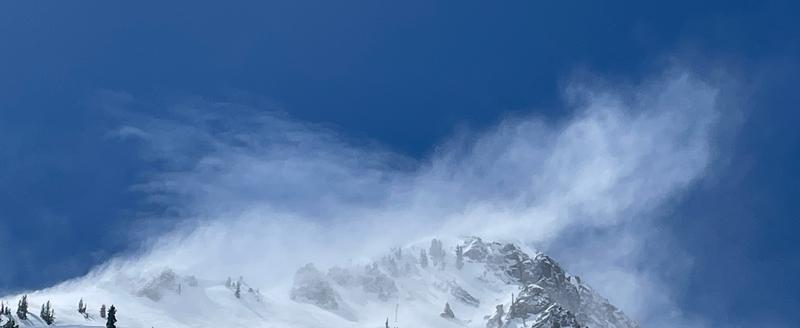Forecast for the Provo Area Mountains

Issued by Nikki Champion on
Thursday morning, March 30, 2023
Thursday morning, March 30, 2023
The avalanche danger is CONSIDERABLE on mid and upper-elevation slopes where new snowfall and days of high winds have created dangerous avalanche conditions. The elevated winds will continue to create unstable slabs of wind-drifted snow at all mid and upper elevations. Both loose snow and slab avalanches may be possible within layers of new snow at all elevations.
Both wind-drifted and new snow avalanches will likely fail 1-2’ deep, but have the potential to fail deeper at the new/old snow interface that is now down 2-5’ in places. For that reason, cautious route-finding, and conservative decision-making will be essential today.
Avalanche danger will be on the rise into the evening, and any periods of heavy snowfall throughout the day have the potential to increase the avalanche hazard to HIGH if peak snowfall intensities pan out or the weather moves in earlier than forecast.

Low
Moderate
Considerable
High
Extreme
Learn how to read the forecast here











